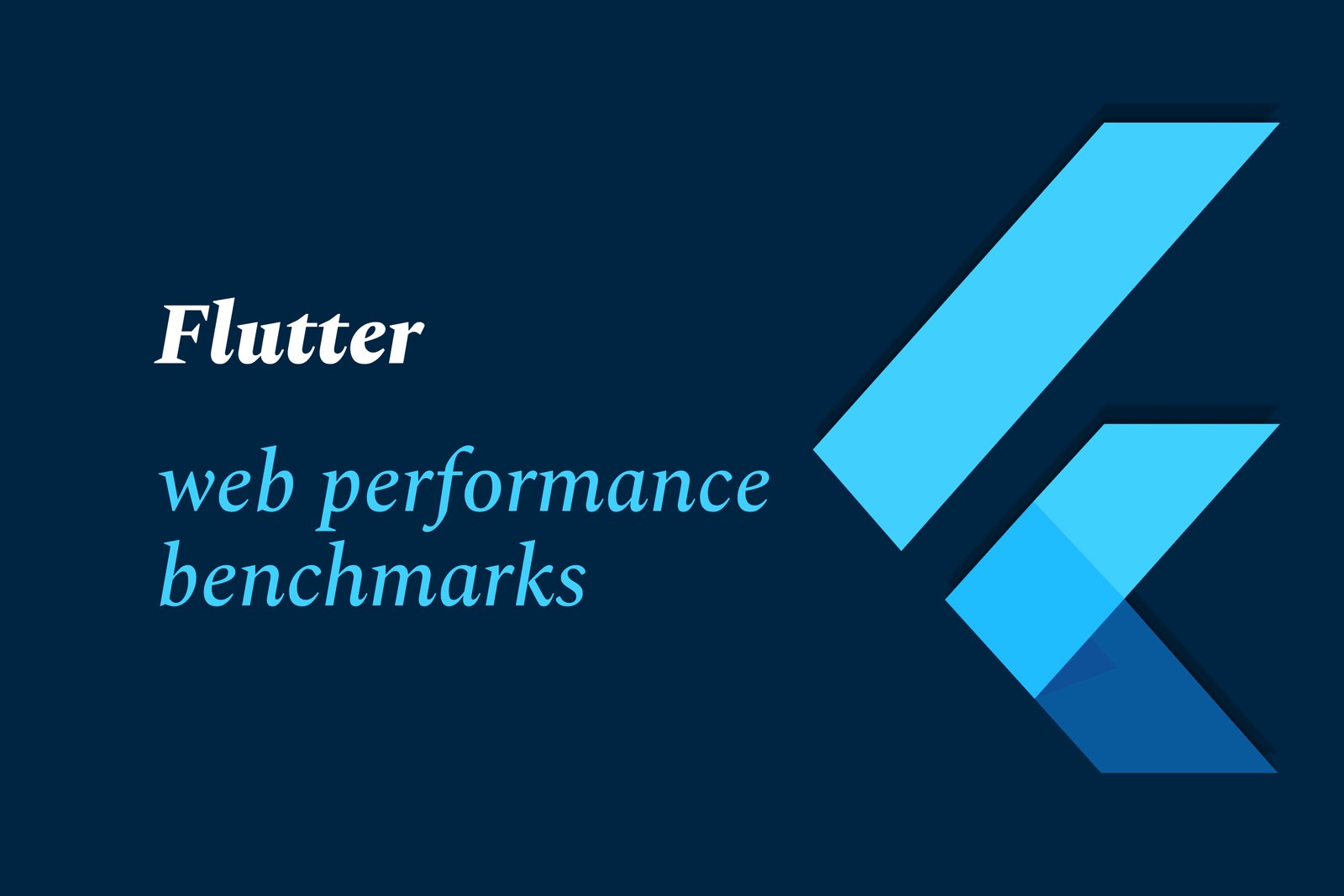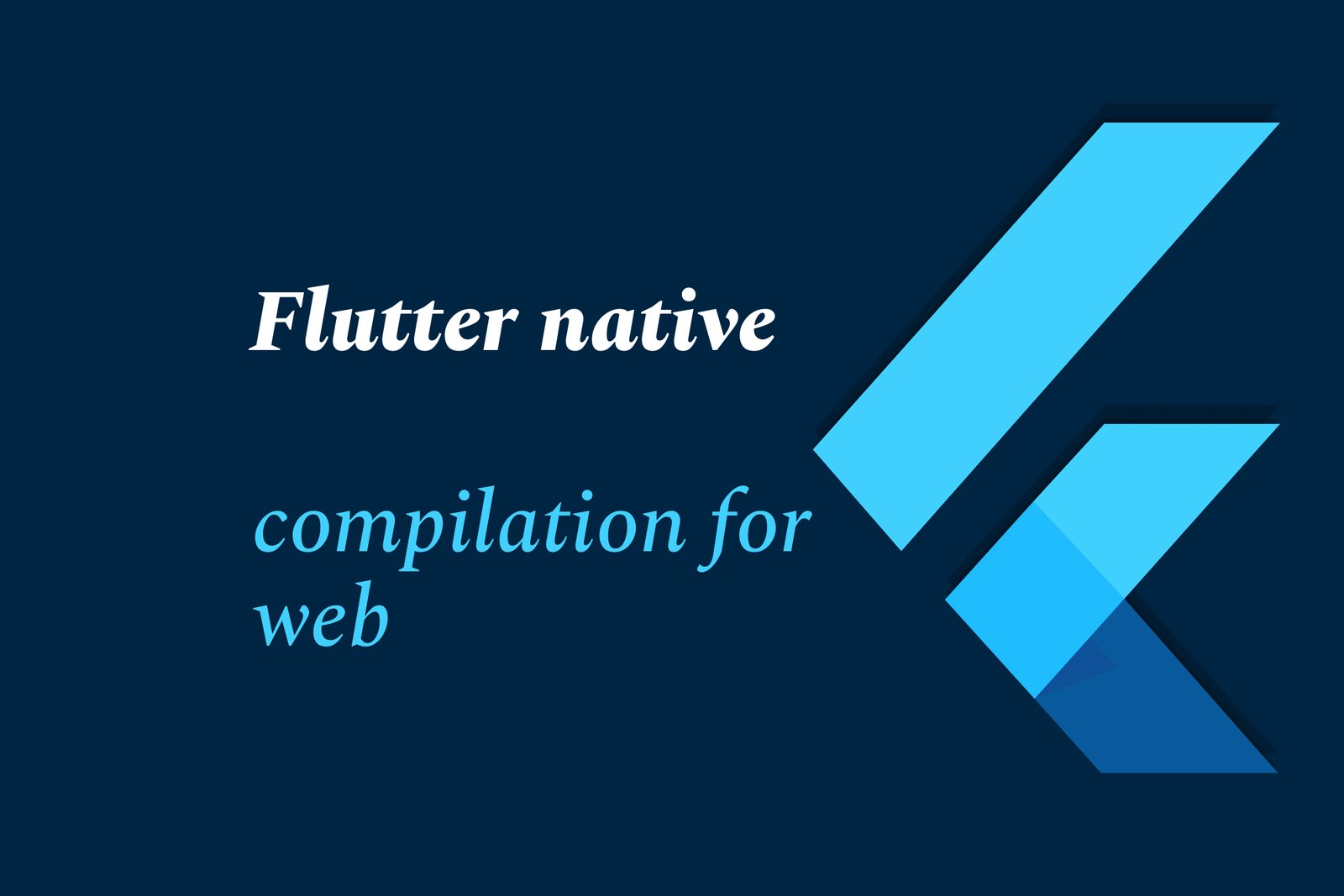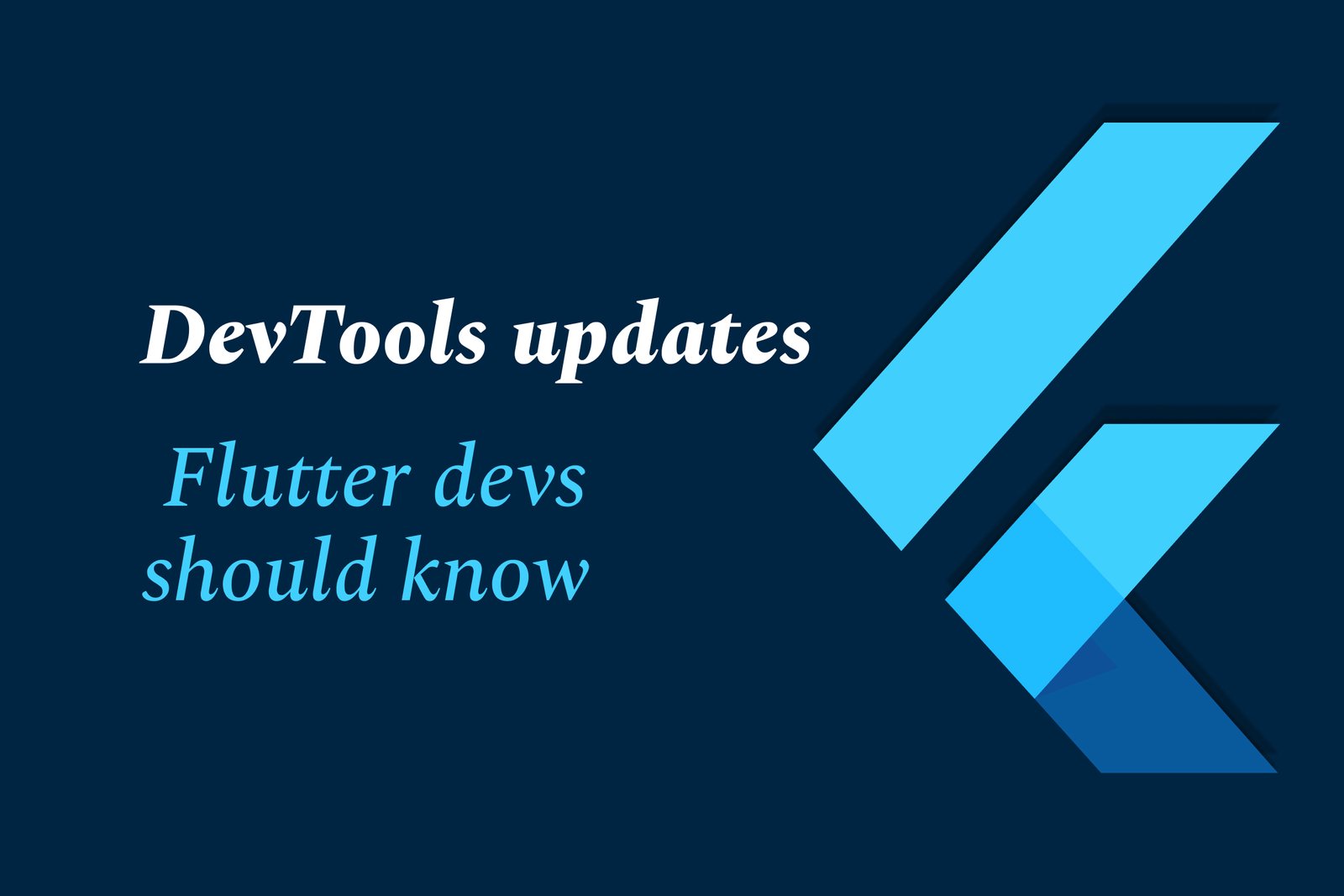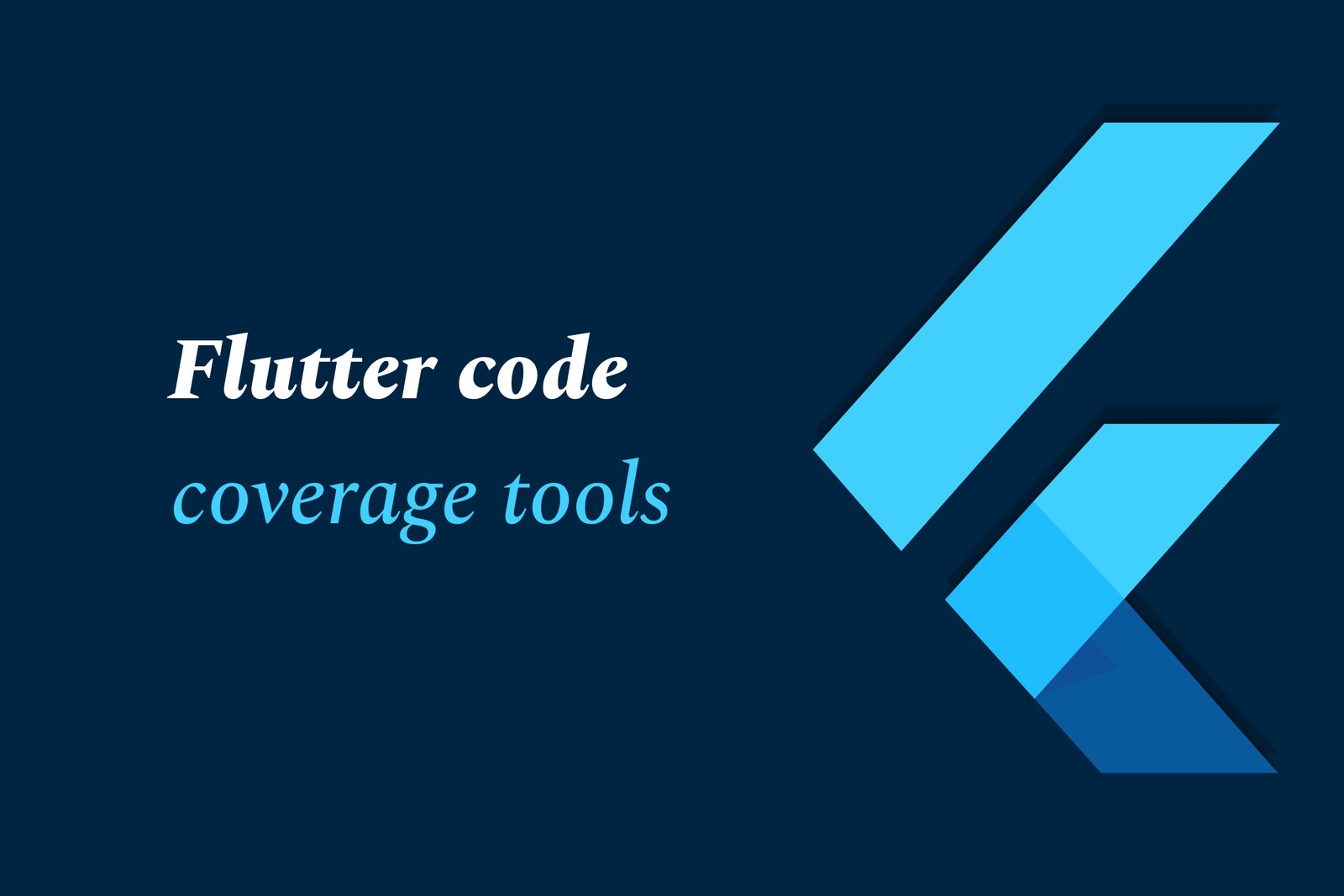Flutter Web Performance Benchmarks
Flutter web performance benchmarks evaluate how efficiently Flutter apps run in browsers, measuring load times, rendering speed, and interactivity. Currently, Flutter web apps have larger bundle sizes and slower metrics compared to traditional web frameworks but continue improving with new optimizations.
Flutter web performance benchmarks
1 ) Overview of Flutter Web Performance
Flutter web, extending from mobile development, aims to provide a consistent UI experience across platforms using a single codebase. However, performance benchmarks reveal that Flutter web applications tend to have significantly larger payload sizes and slower rendering times compared to traditional web frameworks.
2 ) Performance Comparison with Traditional Web Frameworks
Flutter web apps, especially those compiled with the CanvasKit renderer, generate files much larger (~14 times) than typical HTML/CSS/JS sites, resulting in longer load times.
Metrics such as First Contentful Paint, Speed Index, and Fully Loaded Time are 10 to 15 times slower on Flutter web than on comparable traditional web sites.
The HTML renderer in Flutter web performs better than CanvasKit but still lags behind standard web performance benchmarks.
3 ) Testing Tools and Methodologies
Performance was measured using Google PageSpeed Insights and WebPageTest.org, evaluating critical metrics like First Byte, Speed Index, and Time to Interactive.
Tests considered both mobile (simulated slow 4G connection) and desktop environments.
Flutter web applications showed higher Total Blocking Time and slower interactive readiness compared to traditional sites.
4 ) Developer and Framework Considerations
Flutter web shares UI code across platforms but currently exhibits a steeper learning curve due to Dart language usage and immature web specific tooling.
While hot reload accelerates mobile development, it is not fully supported on Flutter web, affecting rapid iteration.
Traditional frameworks like React, Angular, Vue.js, and Svelte are optimized for web with faster runtime performance and lighter bundle sizes.
5 ) Current State and Future Outlook of Flutter Web
Flutter web is currently more suited for highly interactive web apps without SEO needs, such as web apps mimicking Google Sheets or Maps, rather than static or SEO critical websites.
Performance improvements are ongoing, including the recent introduction of WebAssembly support, promising 2 3x performance boosts, although full browser support is still maturing.
Flutter web requires more work on basic web functionalities and optimization to be considered production ready for broad use cases.
6 ) Performance Testing Frameworks and Best Practices
Frameworks like web_benchmarks_framework assist in quantitative testing of Flutter web apps, focusing on frame rendering times, scrolling smoothness, navigation, and interaction delays.
Developers are encouraged to use the latest dev channels for Flutter and Dart to access cutting edge performance improvements.
Performance testing should combine both quantitative metrics and qualitative assessments like user experience smoothness.
Summary:
Flutter web delivers a promising cross platform development experience but currently suffers from larger payloads and slower performance compared to conventional web frameworks optimized specifically for the web environment. Ongoing advancements like WebAssembly and improved tooling may bridge these gaps, but developers should carefully assess use cases when choosing Flutter web, especially where SEO and load times are critical.
https://justacademy.in/news-detail/ai-in-flutter:-smarter-ux-and-features
https://justacademy.in/news-detail/flutter-4.0-release-date-and-roadmap
https://justacademy.in/news-detail/using-google’s-vertex-ai-with-flutter-apps
https://justacademy.in/news-detail/flutter-adds-ai-toolkit:-what-it-means-for-developers
https://justacademy.in/news-detail/flutter’s-growing-ecosystem:-libraries,-tools-&-trends
Related Posts
Top Flutter animation packages like SpinKit, Animations, and Flutter Animate simplify adding smooth, engaging animations to apps. They offer ready-made loaders, material transitions, and versatile effects, enhancing user experience with minimal code and improved UI appeal.
Flutter AI packages are rapidly gaining traction by enabling developers to easily integrate powerful AI features like machine learning and natural language processing into cross-platform apps, boosting innovation and efficiency within the growing Flutter ecosystem.
Flutter enables cross-platform desktop app development with a single codebase, offering fast UI design, native performance, and strong community support. However, it faces challenges like larger app sizes, limited desktop-specific features, and a less mature ecosystem compared to native tools.
Flutter AI combines Flutter’s cross-platform app development with AI technologies to create smart, efficient fintech and healthcare apps—enabling fraud detection, personalized finance tips, medical imaging, virtual health assistants, and automation for improved user experience and operational efficiency.
Flutter's Linux desktop support has steadily advanced, improving performance, native theming, and integration with Linux desktop environments. Collaboration with Canonical and the community is driving better window decorations, menu support, and release-ready app builds for seamless Linux app development.
Flutter is a versatile UI toolkit by Google enabling cross-platform app development, increasingly used for Smart TVs and IoT devices. It allows building native-like interfaces for diverse platforms, streamlining development despite challenges like remote navigation and platform-specific integration.
Flutter native compilation for web transforms Flutter code into efficient JavaScript and WebAssembly, enabling fast, high-performance web apps with smooth UI rendering. This approach delivers near-native speed and consistency across browsers using a single codebase.
Flutter DevTools has been updated with enhanced performance profiling, an improved widget inspector, network monitoring, Material You theming support, faster hot reload/restart, and better accessibility tools—helping developers debug and optimize Flutter apps more efficiently.
Flutter code coverage tools measure the percentage of code executed during testing, helping developers identify untested parts. Using commands like `flutter test --coverage` and tools like LCOV and VSCode extensions, they visualize coverage to improve code quality and reliability.
In 2025, Dart Pub remains a vital hub for discovering and managing Dart packages, driven by Flutter’s growth. Trends focus on enhanced cross-platform tools, improved performance, richer libraries, and rising use in innovative apps like AR, making Dart Pub essential for versatile, modern development.










